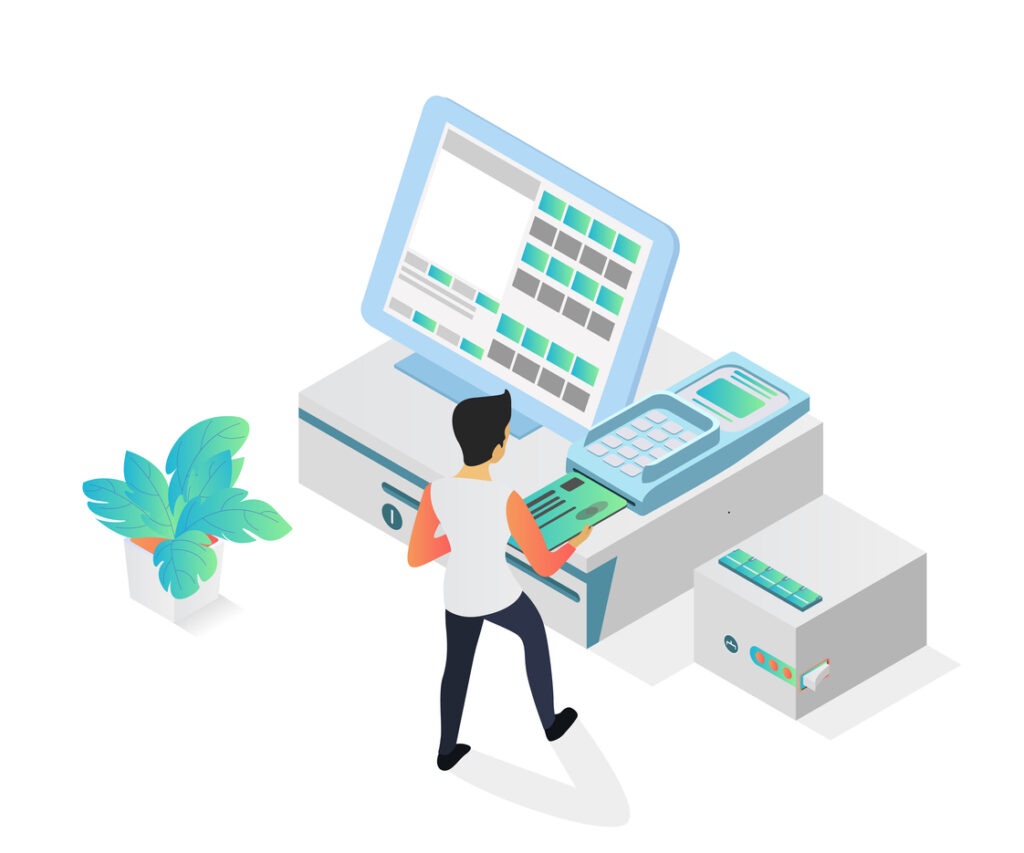Innovation and expansion are key drivers of success in the dynamic world of business. For bev alc suppliers, staying ahead of the curve means continuously monitoring and assessing market trends before introducing new products in order to meet evolving consumer demands and secure market share.
Thankfully, in the quest for product expansion and portfolio development, suppliers can unlock a wealth of possibilities by harnessing point-of-sale (POS) data.
An effective strategy of leveraging POS data to uncover new product opportunities and drive portfolio growth includes:
- Analyzing sales performance
- Leveraging market trends
- Identifying gaps in the market
- Monitoring competitor performance
- Seeking consumer feedback
- Collaborating with retailers
- Testing and iterating
Your step-by-step roadmap to expanding your product portfolio using POS data begins with:
#1 Analyze Sales Performance
POS data provides suppliers with a comprehensive view of their product sales performance. By examining this data, suppliers can:
- Pinpoint the products that consistently perform well
- Generate strong sales from data-backed insights
- Identify new product ideas that align with consumer preferences and market trends
“We got almost 400 new PODs with Walmart and Food Lion using this data and showing them what they’re missing out on, and that to them is key, especially with what’s going on with the economy. It allows us to really show the value of our brand and make clear that we’re not a product that’s going to sit and die on your shelf.” – Andrew Johnson, Southern Pines Brewing
#2 Leverage Market Trends
POS data empowers suppliers to identify emerging market trends and capitalize on them with new product offerings. By analyzing sales data, suppliers can:
- Detect rising demand for certain product categories, ingredients, or packaging formats
- Stay ahead of the competition
- Align product portfolio with evolving consumer preferences
#3 Identify Gaps in the Market
POS data enables suppliers to identify gaps in the market that present opportunities for new product development. By analyzing consumer purchasing patterns and product performance data, suppliers can:
- Identify underserved market segments or unmet consumer needs
- Create innovative products that address these market gaps
- Capture untapped market potential
#4 Monitor Competitor Performance
POS data not only provides information about your own product performance but also offers insights into the performance of competitors. By examining how competing products are faring in the market, suppliers can:
- Identify areas where their portfolio can be enhanced
- Identify product features, packaging innovations, or unique selling points
- Differentiate their offerings and drive expansion
#5 Seek Consumer Feedback
POS data can be complemented by gathering direct consumer feedback through surveys, focus groups, or social media monitoring. By understanding consumer preferences, pain points, and aspirations, suppliers can:
- Gain valuable insights to shape new product ideas
- Align new products with consumer desires
- Have a higher likelihood of success in the market
#6 Collaborate with Retailers
Collaboration with retailers is vital for expanding your product portfolio. Retailers have firsthand knowledge of market trends, consumer preferences, and emerging opportunities. By leveraging POS data in collaboration with retailers, suppliers can:
- Gain insights into consumer demand in specific geographic regions or store types
- Foster innovation and open the door to new distribution channels
- Develop products that cater to specific retailer and consumer needs and strengthen relationships
#7 Test and Iterate Steps
Once potential new product ideas have been identified using POS data, it is essential to test them before scaling up production. Conducting small-scale trials, pilot programs, or limited releases can:
- Provide valuable feedback
- Help refine the products based on actual market response
- Ensure that suppliers fine-tune their new product offerings to maximize their chances of success
Unlock Your Growth Potential With POS Data
In the ever-evolving business landscape, leveraging POS data is a game-changer for suppliers looking to identify new product ideas and expand their product portfolio. By implementing these steps in their approach, suppliers can tap into the power of POS data to drive innovation and growth.
Embracing POS data as a strategic tool will enable suppliers to stay ahead of the competition, meet evolving consumer demands, and secure a strong position in the market by offering a diverse and compelling product portfolio.
Watch this video by a leading bev alc industry expert for more strategies about using POS data from Fintech’s exclusive partnership with Circana, formerly known as IRI.






